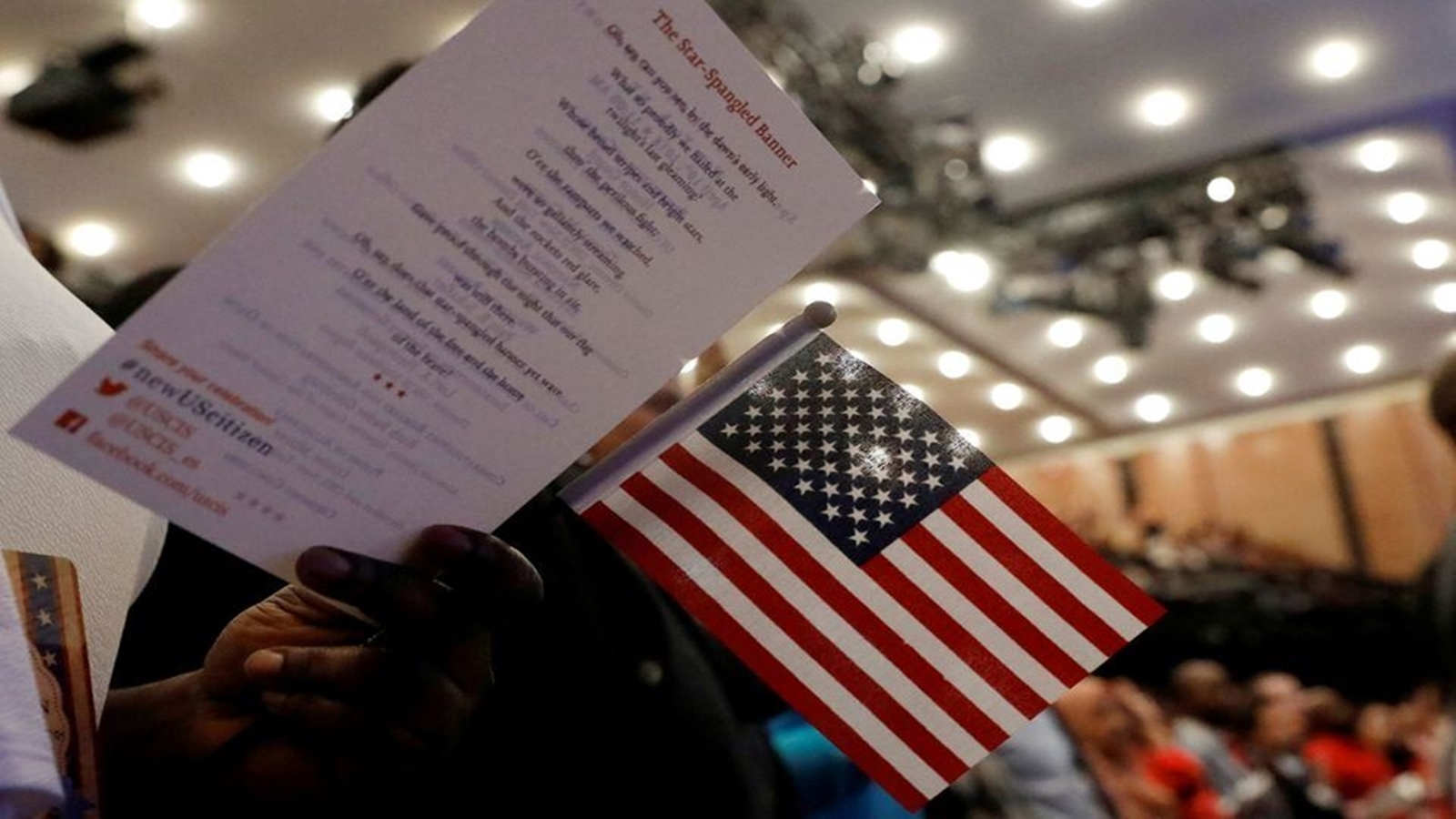Why Novermber 5 Matters
Syllabus:
GS-2: Parliament ,Executive ,Federalism ,Elections
Focus:
The upcoming U.S. presidential elections on November 5 hold global significance, with major world powers watching closely to understand future American foreign policy. Contrary to views of American decline, both Donald Trump and Kamala Harris (if they assume power) are likely to wield influence assertively, maintaining America’s dominance on the world stage.
Historical Arguments on U.S. Decline:
- 19th-Century Critiques: Karl Marx argued that capitalism’s internal contradictions would lead to its collapse, while Soviet founder Lenin viewed imperialism as capitalism’s fatal stage, fueling societal conflicts.
- 20th-Century Scepticism: Thinkers like Oswald Spengler in The Decline of the West foresaw Western civilization’s decay due to social and cultural issues, especially after World War I.
- Communist Beliefs: Soviet and Chinese leaders like Khrushchev and Mao predicted the end of Western dominance, viewing socialism as the future. Xi Jinping, too, claimed in 2021 that the West was declining, positioning China as the next global leader.
Understanding the Electoral College System in the U.S.:
- Purpose: Used to formally elect the U.S. president and vice president, where citizens vote for electors rather than directly for candidates.
- Process: Voters select electors representing each candidate’s party in their state. These electors then cast official votes for president and vice president.
- Origin: Created in the U.S. Constitution as a compromise, balancing direct popular vote and selection by Congress.
- Composition: Consists of 538 electors; a candidate requires 270 electoral votes to win.
- Impact: A candidate can win the popular vote but lose the presidency, as seen in the 2000 and 2016 elections.
Constitutional Provisions for India’s President:
- Article 54: Details the Election of the President by an Electoral College, comprising elected members of both Houses of Parliament and Legislative Assemblies of States.
- Article 55: Specifies the Manner of Election, ensuring proportional representation through a single transferable vote system.
- Article 56: Defines the Term of Office as five years.
- Article 57: States Eligibility for Re-election with no term limits.
- Article 58: Lists Qualifications for candidacy, including citizenship and age requirements.
Differences in Functioning Between Indian and US Presidents:
- Powers: Indian President holds limited, ceremonial powers; real power rests with the Prime Minister. The US President wields significant executive authority as head of both state and government.
- Decision-Making: Indian President acts on the Council of Ministers’ advice; the US President acts autonomously.
- Election Process: Indian President is elected by an Electoral College, while the US President is elected by citizens via electors.
- Term and Re-election: Indian President serves five years with unlimited terms; US President serves four years, eligible for one re-election.
- Impeachment: Indian President can be impeached for constitutional violations; US President for crimes like treason.
- Authority and Immunity: Indian President follows ministerial advice with immunity in official duties; US President acts independently with executive privilege, but faces potential criminal liability.
Challenges to the Multipolar World Argument:
- S. Improvisations in Global Rules: The U.S. has altered international norms, evident in partnerships with India and sanctions on Russia, adjusting the rules to suit its objectives.
- Power Dynamics in Multipolarity: Although new players like China, with its $18 trillion economy, seem to challenge U.S. dominance, none truly match its global influence. Other emerging nations, including India, still fall short of pole position.
- Internal Division Among Powers: Despite resentment toward the U.S., anti-American coalitions face internal differences, hindering unified opposition. Each nation remains open to separate deals with Washington, reflecting the “collective action problem.”
U.S. Resilience and Adaptability:
- Persistent Economic Power: Unlike Europe or Japan, the U.S. has maintained about 26% of global GDP, with its share expected to grow as Europe and China slow down.
- Institutional Self-Renewal: Despite political polarisation, the U.S. showcases robust renewal capacity through its strong economy, powerful military, and vast research ecosystem.
- Liberal Order Myth: The so-called “liberal international order” is more academic than real. The U.S. continually redefines global norms to fit its needs, as seen in its unilateral sanctions and economic strategies under recent administrations.
Shifts in the U.S. Foreign Policy:
- Trend Toward Unilateralism: Trump’s policies underscored unilateralism, while Biden’s initiatives, like the Inflation Reduction Act, have also affected allies. Both have moved away from the post-WWII global trade framework.
- Financial System Weaponization: Under Biden, U.S. control over the financial system has intensified, using the dollar’s status as a reserve currency to influence global politics, impacting allies caught in secondary sanctions.
- Implications for India: India, which has strengthened ties with the U.S. under recent administrations, must recognize structural changes in U.S. politics and engage strategically. Both Trump and Harris, despite different styles, would prioritise American interests decisively.
India’s Diplomatic Path Forward:
- Navigating American Power: India should anticipate decisive U.S. actions under either administration and prioritise engagement with diverse American stakeholders.
- Engaging U.S. Constituencies: America’s internal dynamics limit its global actions, making it vital for India to invest diplomatically in U.S. domestic politics to secure its interests.
- Adapting to Shifting Global Power: An accurate assessment of U.S. influence, especially in relation to China and Europe, is essential for India’s foreign policy strategy in navigating global power distributions.
Conclusion:
November 5 holds high stakes for the world as U.S. power remains strong despite narratives of decline. India’s strategy must adapt to America’s persistent global dominance, focusing on pragmatic engagement to advance national interests amid shifting international dynamics.
Source:TH
Mains Practice Question:
Analyse the strategic implications for India of the U.S. presidential election results, considering the country’s enduring global influence and shift toward unilateralism. How should India navigate these changes to secure its foreign policy goals?





